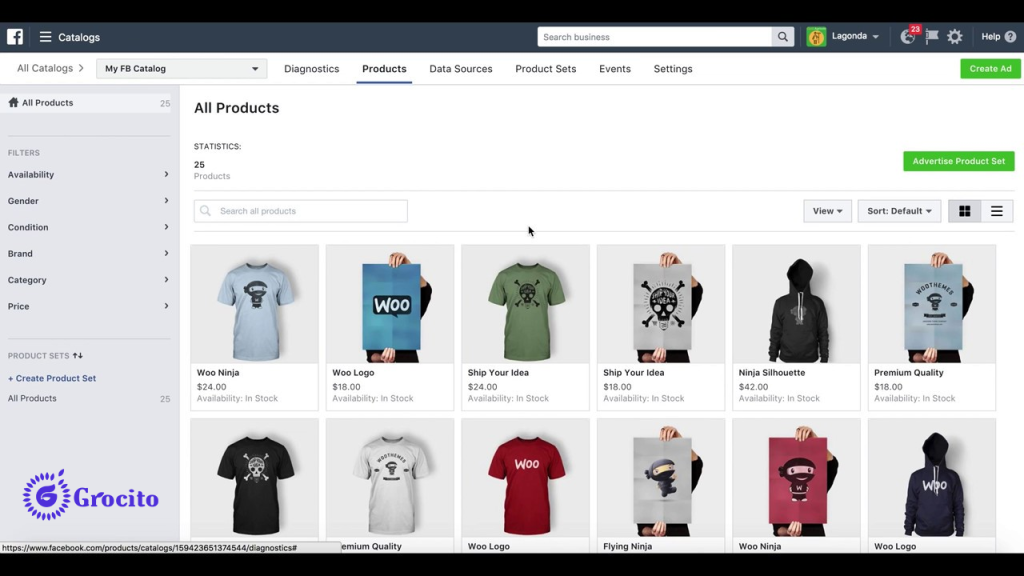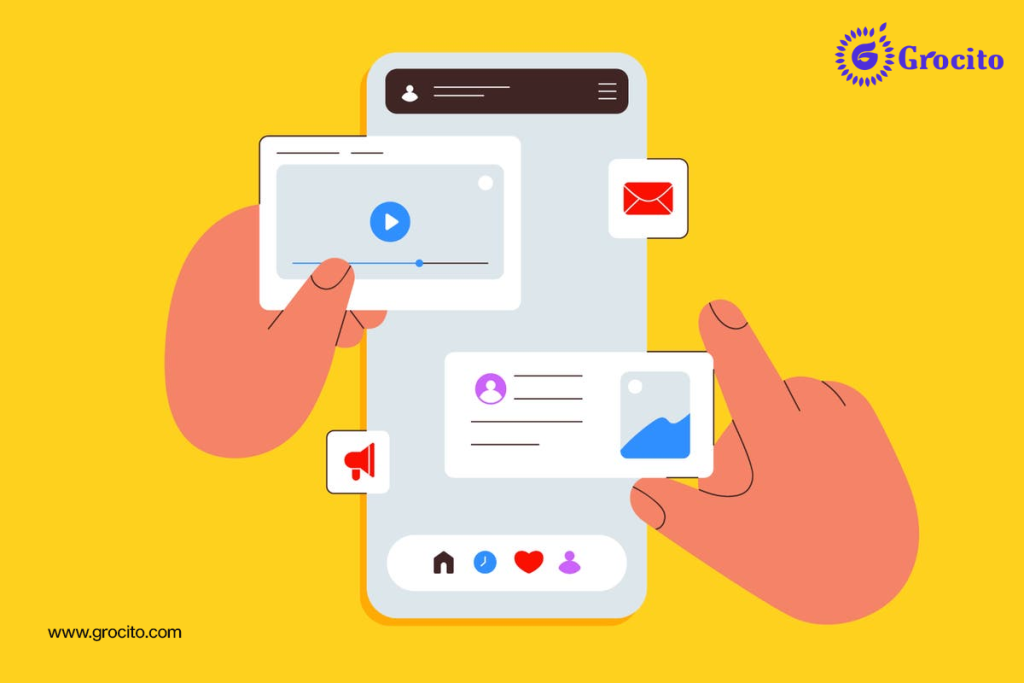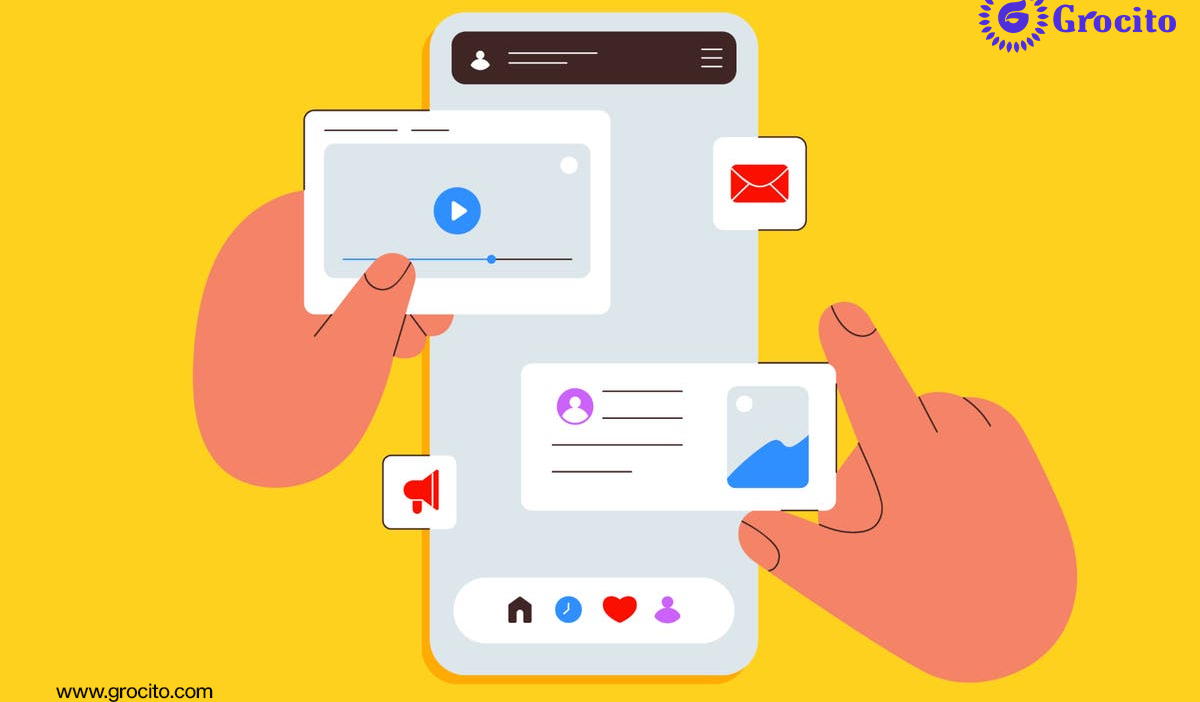Social media is a powerful tool for eCommerce businesses, offering a platform to engage with customers, showcase products, and drive sales. By consistently posting high-quality visual content and leveraging influencer partnerships, businesses can expand their reach and build trust. Utilizing analytics helps refine strategies, while providing customer service through social media enhances satisfaction. Investing in targeted ads can also boost visibility and sales. Let’s see Key Insights on Using Social Media for eCommerce Businesses.

Social media has become one of the most popular marketing channels today, making it an essential tool for eCommerce businesses to reach their target market. It offers a direct connection with customers and allows for quick and easy outreach to a broader audience. Platforms like Facebook, Twitter, and Instagram enable you to share the latest news, updates, and product launches with your followers.
Not only is social media a cost-effective marketing strategy, but it also fosters direct customer engagement. This blog will guide you through everything you need to know about using social media for eCommerce, from setting up your accounts to creating content that resonates with your audience. Ready to dive in? Let’s get started!
1. Setting Up Your Social Media Accounts

If you plan to use social media for your eCommerce business, you’ll need to create accounts on each platform we’ve mentioned. This involves linking your accounts and crafting content that resonates with your target audience. Remember, social media doesn’t operate in isolation—your content should complement the other posts being shared on these platforms.
2. Know Your Audience
The first step in leveraging social media for your eCommerce business is understanding your audience. Who are your customers? What products are they interested in? Once you have this information, it becomes much easier to connect with them on platforms like Facebook, Instagram, and Twitter.
3. Create a Brand Personality
Your brand personality guides people in understanding the type of content you share on each platform, helping them decide which posts to engage with. It’s crucial to maintain a consistent tone across all platforms so that your audience knows what to expect when they visit your site or interact with your social media posts (e.g., Facebook).

4. Put Yourself Out There!
Once you’ve established your brand personality and identified the platforms that align with your mission (e.g., Facebook), it’s time to take action! Start creating engaging posts that directly appeal to your audience.
5. Creating Social Media Content for Ecommerce Businesses

When creating social media content for your eCommerce business, keep these key points in mind:
- Engagement: Your posts should capture attention and stimulate thought among your followers.
- Professionalism: Use professional language when discussing your products or services.
- Imagery: Choose visuals that best complement your topic.
- Links: Include a link to your website or product page in each post.
- Brand Awareness: Use social media to build brand awareness and reach new customers.
By following these tips and maintaining consistent effort, social media can become an excellent way to connect with your customers and drive traffic to your eCommerce business.
To maximize the benefits of social media for your eCommerce business, focus on both your content and your customers. Quality content helps your business stand out from competitors, increases brand exposure, and drives traffic to your website. Sharing unique content across various social channels highlights what makes your company special and encourages people to buy from you.
Conclusion
To ensure your content is great, the first step is to post regularly. Each social media platform has its own limits on posting frequency, so it’s important to find a balance. If you don’t post often enough, your content won’t be seen as much. However, if you post too frequently, your audience might get overwhelmed and lose interest. So, choose your posting schedule wisely!
This article provides essential insights on using social media effectively for your eCommerce business. Whether you’re aiming to enhance customer service, build stronger relationships with your customers, or drive more traffic to your website, Grocito is a fantastic starting point. Check out our blog for helpful tips and advice on leveraging social media for your eCommerce success. If you have any questions, our team is available 24/7 to assist you!





